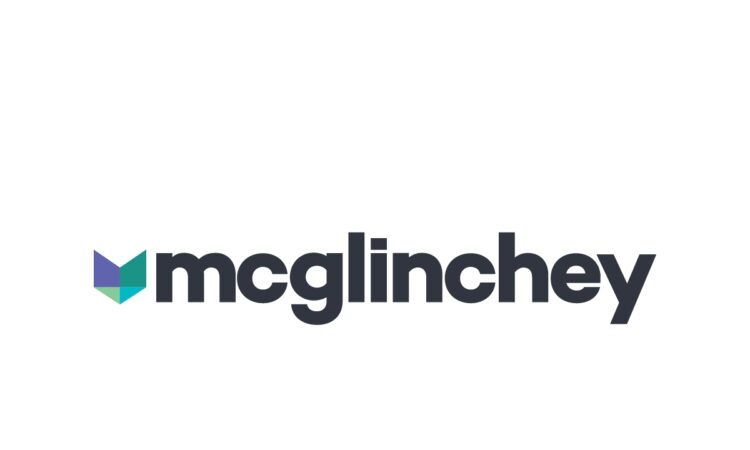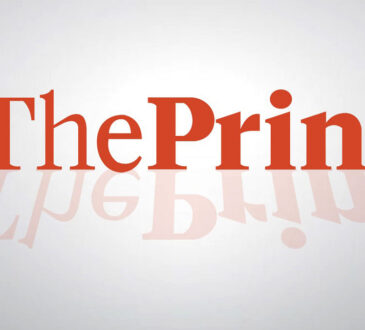New York Department of Financial Services Issues Guidance on Customer Service Requirements for Virtual Currency | McGlinchey Stafford

American Bar Association’s Business Law Today June Month-In-Brief: Business & Regulated Industries.
On May 30, 2024, the New York Department of Financial Services (DFS) published a press release and issued guidance to Virtual Currency Entities (VCEs) concerning the DFS’s expectations for the resolution of customer service requests and complaints (Guidance), which expands upon the current requirements found in 23 NYCCR 200.20. The Guidance builds upon the VOLT initiative, which is a series of measures including Vision, Operations, Leadership, and Technology processes that are being implemented in part to enhance DFS’s role as a leading regulator of virtual currency.
In connection with the Guidance, at a minimum, a VCE’s policies and procedures are expected to be updated so that they provide for the maintenance and monitoring of a phone number and either an email or chat-based communication function that individual customers can use to make requests and complaints. Customer communication must be monitored by properly trained human customer service representatives (HCSRs) during normal business hours. The Guidance expands upon existing regulatory requirements by adding that the phone number, email address, and chat function, as applicable, must also be clearly and conspicuously stated on a VCE’s website and any mobile application (pp) used for virtual currency activities. Additionally, email addresses should use the same domain name as the VCE’s website URL, and the chat function, if applicable, should be available in languages appropriate to the VCE’s user base.
VCEs are further required to implement policies and procedures that address the process by which the VCE will resolve customer service requests and complaints in a timely and fair manner. While the Guidance does not specify what constitutes a “timely and fair manner,” it does emphasize the importance of keeping customers apprised of the status of their request or complaint and the provision of estimated timeframes for resolution. To do so, the recommended policies and procedures outlined in the Guidance suggest that VCEs should have HCSRs available to monitor, answer, and respond to customer complaints during a VCE’s normal business hours, and a specified timeframe where the VECs respond to complaints outside of normal business hours, both of which are determined by each VCE as appropriate to the nature of its business. The Guidance briefly touches on the use of AI for customer service purposes, stating that it should be made apparent to customers whenever they are using an AI tool and that customers should be able to escalate any request or complaint from an AI to an HCSR. Additionally, VCEs should provide for more general communications in regard to common issues through an FAQ that is readily accessible to customers and prospective customers without requiring logging into an account.
Further, the Guidance discusses the response and resolution monitoring policies and procedures that, in the DFS’s supervisory experience, are required to provide timely and fair customer service. These include tracking requests or complaints, analyzing the data, and soliciting customer satisfaction feedback. Beginning with the third quarter of 2024, during examinations and otherwise at the DFS’s request, VCEs will be required to provide a quarterly tabulation of the number of requests and complaints received via each communication method, the topic of such, and the average time from receipt to resolution. VCEs will also have to provide copies of updated customer service complaint policies and procedures to DFS. Additionally, the VCE’s normal business hours and the specified timeframes for responses to customer inquiries must also be provided. These documents must be made available for review by DFS starting November 1, 2024, and the records must be kept up-to-date and maintained for a period of at least seven years from the date of their creation as specified in 23 NYCRR 200.12.
Reprinted with permission from the American Bar Association’s Business Law Today June Month-In-Brief: Business & Regulated Industries.

